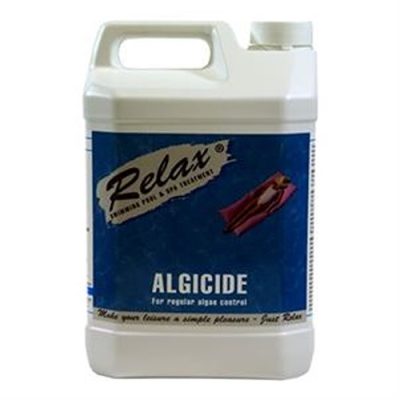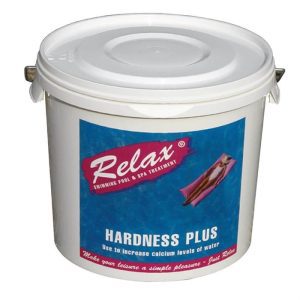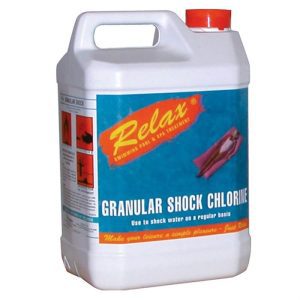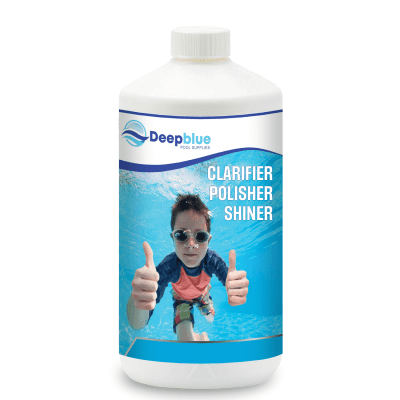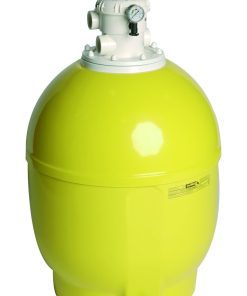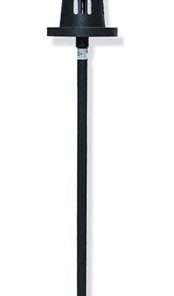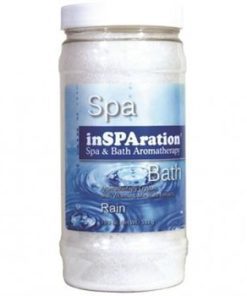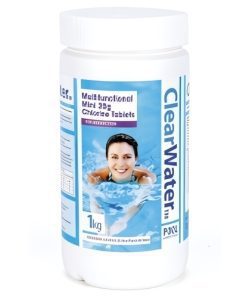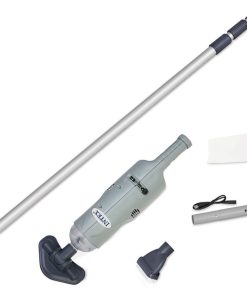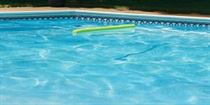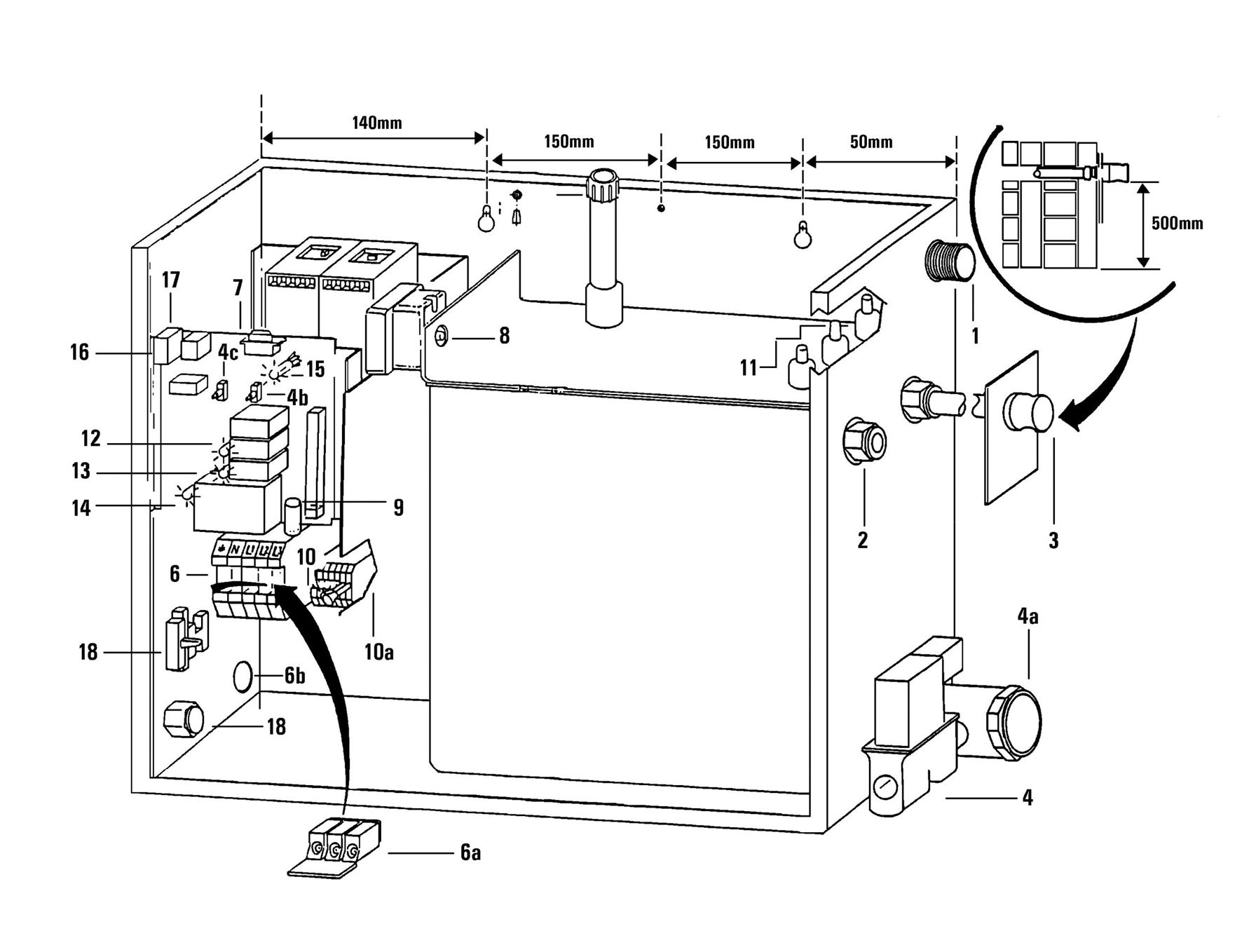Blogpool, Buying Guide, Hottub
Buying a new spa or hot tub: Key terms and questions answered
Questions
What are three essential questions to ask a hot tub retailer before purchasing?
Why is it dangerous to buy a hot tub from a non-reputable internet provider?
What are the main distinctions between a self-contained hot tub and an in-ground spa?
Describe the benefits of a swim spa and explain the difference between single-chamber and dual-chamber models.
Why is it important to have a site survey before hot tub installation?
What is the purpose of a “soak test” and why is it recommended?
Why insulation is important in a hot tub with regard to energy efficiency.
Why is it important for a hot tub to be well insulated?
What makes timber hot tubs unique compared to other types of hot tubs?
Besides product quality, what additional benefits does a BISHTA member offer compared to a non-member retailer?
Short-Answer Quiz: Answer Key
What are three essential questions to ask a hot tub retailer before purchasing?
What water treatment is required to maintain the water safely?
What features does the hot tub include (seats, jets, entertainment systems)?
What are the warranty terms and arrangements for call outs and servicing?
What are the potential dangers of purchasing a hot tub from a non-reputable internet provider?
The buyers may receive poor quality products, incorrect information about the product’s origin or poor after sales service. Also, they may have issues with warranties or delays in delivery.
What are the key differences between a self-contained hot tub and an in-ground spa?
Self-contained hot tubs are portable units that are installed above the ground and have built-in equipment. In contrast, in-ground spas are permanently installed in the ground, often requiring professional installation and local authority permits.
Describe the benefits of a swim spa and explain the difference between single-chamber and dual-chamber models.
Swim spas are also used for swimming activities and aqua aerobics. Single-chamber models have one body of water for swimming and relaxation and dual-chamber models have two bodies of water for each with independent temperature control.
Why is it crucial to have a site survey conducted before hot tub installation?
A site survey makes sure that the selected location can bear the weight of the hot tub, the water and the occupants. It evaluates the accessibility routes, electrical requirements and the foundation’s appropriateness to avoid potential installation issues.
What is the purpose of a “soak test” and why is it recommended?
A “soak test” is the experience of the hot tub by the buyer in order to test the comfort, jet power, seating arrangement, and the overall feel before making a purchase.
Explain the importance of insulation in a hot tub concerning energy efficiency.
Insulation will help retain the heat of the water for longer periods thus the need to use less energy to heat the water. This means that the running cost is reduced and the energy efficiency is increased.
Briefly describe the unique features of a timber hot tub.
The timber hot tubs are traditional in appearance and have a natural fragrance of wood and can be heated by wood burning stoves thus can be placed off grid. However, they may need more maintenance compared to other types of hot tubs.
Besides product quality, what additional benefits does a BISHTA member offer compared to a non-member retailer?
Key Terms
Self-Contained Hot Tub: A portable unit above the ground with all the equipment and plumbing in the cabinet and thus very little installation required.
In-Ground Spa: A spa that is installed permanently in the ground, often requiring professional excavation and concrete work.
Swim Spa: A large spa intended for swimming, often equipped with counter-current jets for resistance exercise.
Hydrotherapy Jets: Water and air jets that are used to circulate water to create a massaging effect that is used to relax and relieve pain.
Water Treatment: The procedure of keeping the water safe and hygienic in hot tubs and swim spas which usually includes sanitizers, pH balancers, and filtration.
Site Survey: A check on the place where the hot tub will be placed to confirm that the foundation, the pathways, and the power supply are adequate.
Soak Test: A test drive for a hot tub prior to purchase so you get a feel of how comfortable it is, the jet power and how the seating is arranged.
Warranty: A guarantee from the manufacturer or retailer that includes free repairs or replacements for a specified time frame.
Code of Ethics: A list of rules and guidelines that BISHTA members are expected to follow so as to enhance professionalism, ethical business practices and customer care.
Some products you might be interested in:


